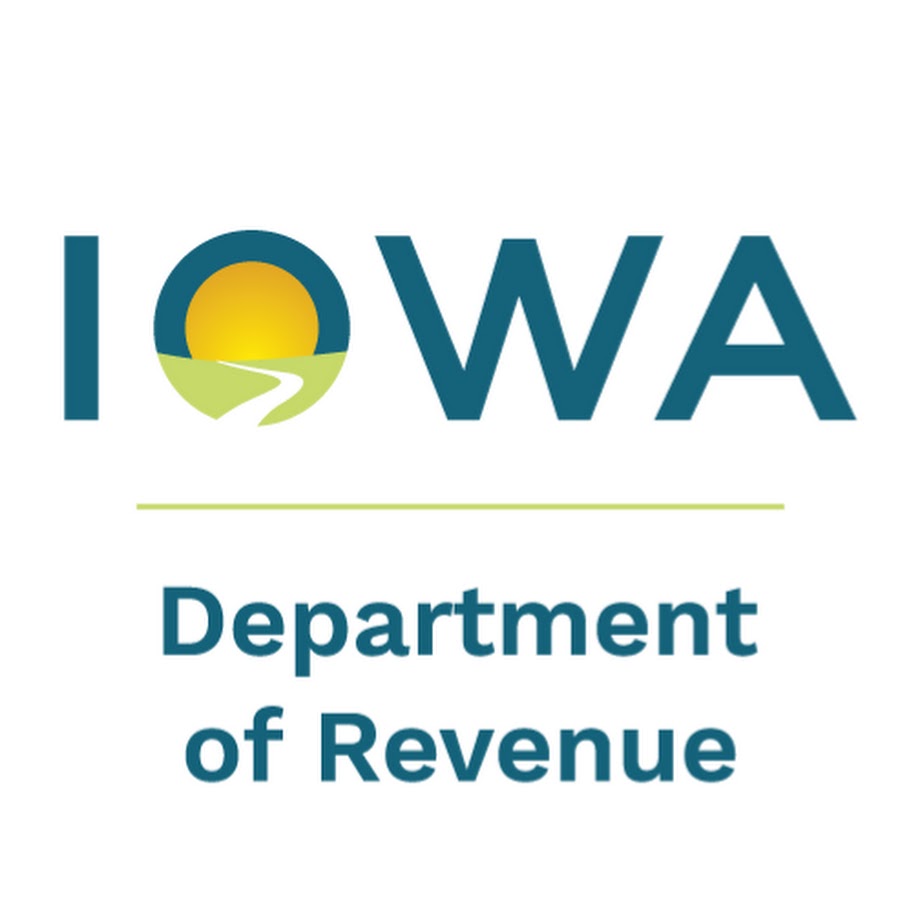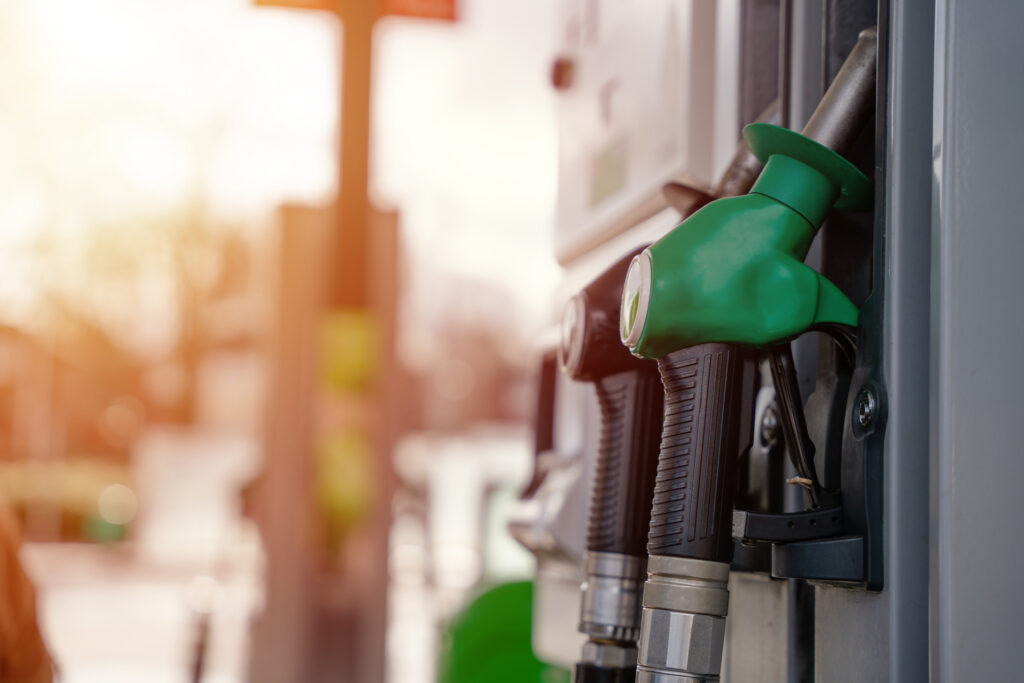NOTEBOOK: Feds scrap annual dead zone measurement

PERRY BEEMAN Aug 9, 2016 | 8:16 pm
2 min read time
517 wordsAll Latest News, Business Record Insider, Energy, The Insider NotebookEvery year, environmentalists and agricultural leaders wait for the declaration of how big the so-called dead zone is in the Gulf of Mexico. Environmentalists use this information to call for greater action on reducing crop fertilizer runoff from Iowa and the rest of the Midwest. The runoff fuels a big algae bloom. When the algae die, the decomposition leaves a large area without enough oxygen to support sea life in one of the nation’s most lucrative fisheries. The sea creatures that can move do, the rest die. And, as I reported after visiting the Gulf in 2012 on a project while reporting for The Des Moines Register, fishing crews are left to travel even farther to catch shrimp, adding to their already substantial boat fuel bills.
Agricultural leaders often said the variation was mainly due to changes in rainfall, and repeated that farmers have no interest in sending expensive fertilizer down the Mississippi River, so they are working on conservation measures and high-tech, metered applications.
Now comes word from the federal government that there won’t be an estimate of the size of the dead zone in 2016, the first time in 27 years the data won’t be available. This news comes months after the lead scientist, Nancy Rabalais, was shoved out of her job as director of the Louisiana Universities Marine Consortium. She and her husband, fellow scientist Gene Turner, had led the annual measurement trips aboard the vessel Pelican for years. I spent a few days with them while reporting the Register project, and interviewed shrimpers bringing their haul in from the sea.
Rabalais had warned at the time she didn’t know if funding would be available to keep the work up, and she made it clear that farm interests are not fond of her work.
The official word is that the missions were supposed to use a government vessel, the Nancy Foster, that had engine trouble. The government had demanded the scientists use the Nancy Foster as a condition of getting cash for this year’s measurements.
The crew couldn’t find another ship in time.
Environmentalists are not happy about this break in the data.
“This is yet another example of how state and federal agencies do not prioritize cleaning up the Dead Zone,” Matt Rota, senior policy director for Gulf Restoration Network, said in a news release. “Requiring researchers to use NOAA (National Oceanic and Atmospheric Administration) boats has jeopardized long-term measurements of toxic pollution in the gulf.”
Between 2011 and 2015 the average size of the dead zone was about 5,500 square miles, nearly three times the 1,900-square-mile goal set by a federal task force, the Iowa Environmental Council reported. A federal agency had estimated this year’s zone would be 5,898 square miles, approximately the size of Connecticut, though the early estimates often are significantly off the mark because of weather changes and other factors.
“While we will not have an official measurement for 2016, there is no question that serious pollution problems continue to persist in the Gulf and the states in the Mississippi River basin, including Iowa,” said Susan Heathcote, the environmental council’s water program director.










